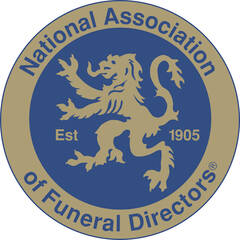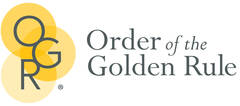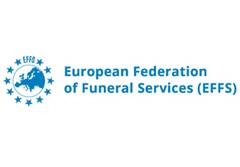Bonfire Night in Lewes

The exact origins of bonfire night in Lewes are not exactly clear, some say that it emanates from Samhain, and indeed there is a deep pagan undertone to the night, others simply link it to Guy Fawkes and the attempt to blow up parliament.
Whatever the origins, and they most certainly predate the Gunpowder Plot, on November 5th, Lewes quite simply remembers.
Seven societies take to the streets with their flaming tar barrels, blazing torches and burning crosses, all symbols of historical events, representing intolerance and persecution. These include the executions of 17 protestant martyrs by burning at the stake during the reign of Mary I, the largest single bonfire of people that ever took place in England. As such, 17 blazing crosses are carried by 17 members of each society, representing the men and women burnt for their beliefs.
The night also remembers those that gave their lives during the two world wars and other conflicts; blazing poppies are carried, held with pride, and lit whilst The Last Post is played. Then wreaths are laid at the town’s war memorials.


Bonfire night in Lewes is the culmination of a years’ planning and is carried out with the greatest precision. You fail to march in ranks of three at your peril! And you always pay attention to your Captain of Ranks, be you amongst others a monk, buccaneer or scurrilous smuggler.
You cannot truly put bonfire night in Lewes into words; it is simply part of who and what we are. On this one night of the year, the bonfire boys and belles of Lewes take the roads and simply say ‘We won’t be Druv.’
All photos were provided by Angela Fisher.





